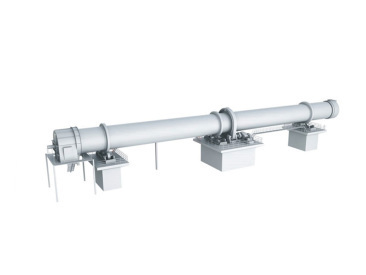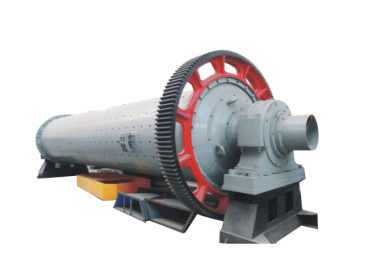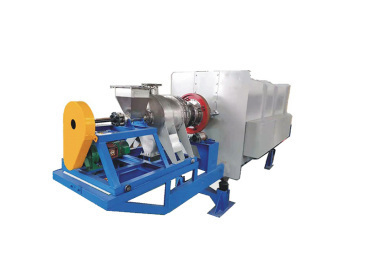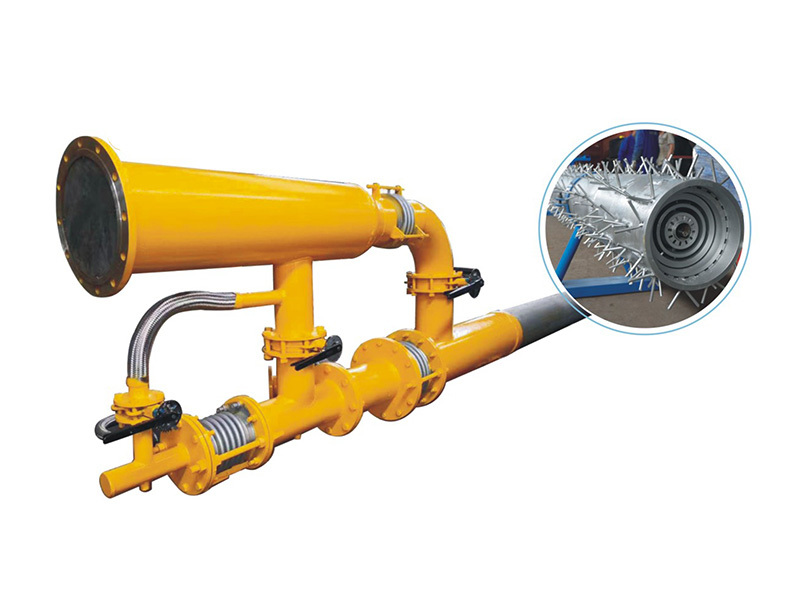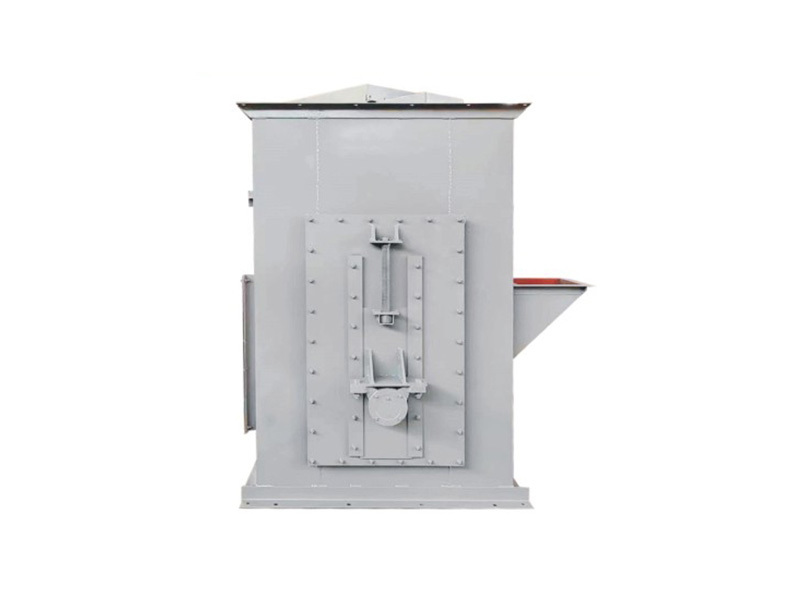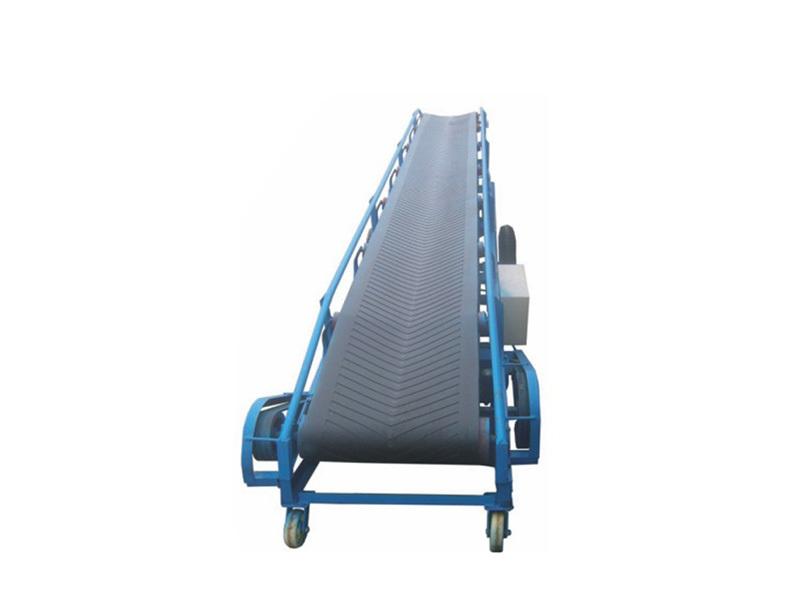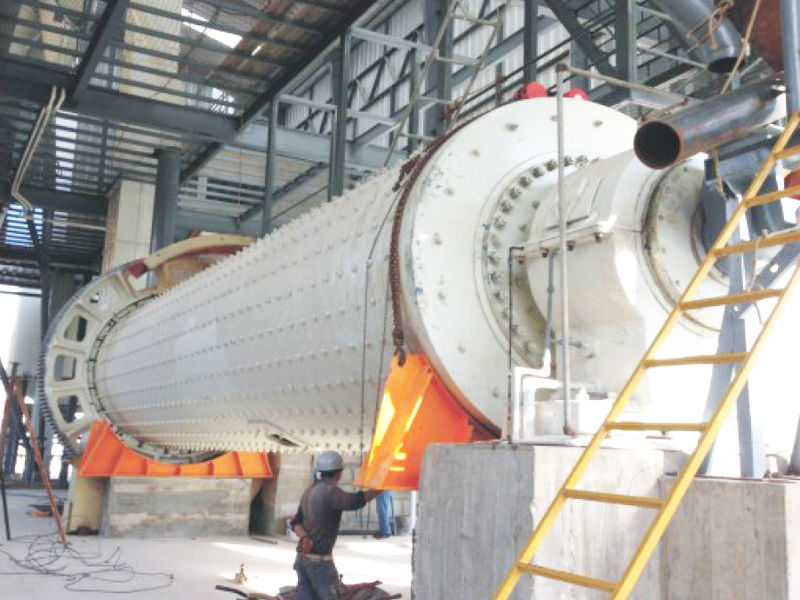Unlocking Efficiency: The Role of Vertical Preheaters in Modern Manufacturing
Unlocking Efficiency: The Role of Vertical Preheaters in Modern Manufacturing
Table of Contents
1. Introduction to Vertical Preheaters in Manufacturing
2. What is a Vertical Preheater?
3. How Vertical Preheaters Work: The Technology Behind Efficiency
4. Benefits of Using Vertical Preheaters in Manufacturing
4.1 Energy Efficiency and Cost Reduction
Unlocking Efficiency: The Role of Vertical Preheaters in Modern Manufacturing
Table of Contents
- 1. Introduction to Vertical Preheaters in Manufacturing
- 2. What is a Vertical Preheater?
- 3. How Vertical Preheaters Work: The Technology Behind Efficiency
- 4. Benefits of Using Vertical Preheaters in Manufacturing
- 5. Applications of Vertical Preheaters in the Building Materials Sector
- 6. Choosing the Right Vertical Preheater for Your Manufacturing Needs
- 7. Case Studies: Vertical Preheaters in Action
- 8. The Future of Vertical Preheaters in Modern Manufacturing
- 9. Frequently Asked Questions about Vertical Preheaters
- 10. Conclusion
1. Introduction to Vertical Preheaters in Manufacturing
In the fast-paced world of modern manufacturing, efficiency is paramount. As industries strive to meet increasing demands while simultaneously reducing operational costs, the need for innovative solutions has never been greater. One such solution that has gained significant traction is the **vertical preheater**. This article delves into the vital role of vertical preheaters in enhancing manufacturing processes, particularly within the **building materials** sector.
2. What is a Vertical Preheater?
A vertical preheater is a specialized piece of equipment used primarily in the processing of raw materials before they undergo further manufacturing stages. It serves to preheat materials—such as cement, lime, and various aggregates—thereby optimizing the subsequent production processes. By increasing the temperature of raw materials, vertical preheaters effectively reduce energy consumption and enhance overall product quality.
3. How Vertical Preheaters Work: The Technology Behind Efficiency
Vertical preheaters operate through a series of meticulously designed heating chambers. Raw materials are fed into the preheater from the top and gradually descend through a series of heating stages. As the materials descend, they are subjected to hot gases generated by burners at the bottom of the preheater. This process allows for more effective heat transfer, ensuring that the materials reach the desired temperature before they are processed further.
The key technologies incorporated in vertical preheaters include:
- **Counterflow Heat Exchange**: Hot gases flow in the opposite direction to the material, maximizing heat transfer efficiency.
- **Insulation**: Advanced insulation materials are used to minimize heat loss, thereby enhancing energy efficiency.
- **Automated Control Systems**: These systems enable precise temperature control, ensuring optimal performance and consistent product quality.
4. Benefits of Using Vertical Preheaters in Manufacturing
The adoption of vertical preheaters in manufacturing processes brings a multitude of benefits. Let’s explore the most significant advantages:
4.1 Energy Efficiency and Cost Reduction
One of the most compelling reasons to implement vertical preheaters is their ability to significantly reduce energy consumption. By preheating materials before they enter the kiln or other processing equipment, manufacturers can achieve lower fuel costs and decreased electricity usage. This not only leads to substantial cost savings but also contributes to a more sustainable production process.
4.2 Improved Product Quality
Vertical preheaters help ensure that raw materials are uniformly heated, reducing the risk of defects in the final product. Consistent heating leads to better chemical reactions during the production process, resulting in superior quality materials. Enhanced product quality ultimately improves customer satisfaction and boosts brand reputation.
4.3 Space-Saving Design
The vertical design of these preheaters allows them to occupy less floor space compared to traditional horizontal preheaters. This can be a crucial factor for manufacturers operating in facilities with limited space. The compact footprint of vertical preheaters makes them an attractive option for optimizing production lines without the need for extensive facility renovations.
5. Applications of Vertical Preheaters in the Building Materials Sector
Vertical preheaters are particularly beneficial in the production of various building materials, including:
- **Cement Production**: Preheating raw materials like limestone and clay improves the efficiency of the cement kiln process.
- **Lime Production**: Heating limestone before calcination enhances the overall lime quality.
- **Ceramic Manufacturing**: Preheating clay and other materials leads to better firing results and improved product characteristics.
These applications highlight the versatility and essential nature of vertical preheaters in modern manufacturing.
6. Choosing the Right Vertical Preheater for Your Manufacturing Needs
Selecting the appropriate vertical preheater involves several considerations:
- **Material Characteristics**: Understanding the types of materials being processed is crucial for selecting a preheater with the right specifications.
- **Production Capacity**: Manufacturers should evaluate their production needs to choose a preheater that can handle the required throughput.
- **Energy Efficiency Ratings**: Opt for models with high energy efficiency ratings to maximize cost savings and environmental benefits.
Engaging with a reputable supplier who understands the intricacies of vertical preheaters can provide valuable insights and assistance in making the best choice for your operations.
7. Case Studies: Vertical Preheaters in Action
To illustrate the impact of vertical preheaters in real-world applications, we delve into a few notable case studies:
**Case Study 1: Cement Manufacturing Facility**
A leading cement manufacturer implemented a vertical preheater system that resulted in a 30% reduction in energy consumption. By optimizing the preheating process, the facility improved the overall quality of its cement while decreasing operational costs.
**Case Study 2: Lime Production Plant**
By integrating a vertical preheater, a lime production plant enhanced its production efficiency by 25%. The preheater allowed for better control over the heating process, resulting in a more consistent final product.
**Case Study 3: Ceramic Tile Manufacturer**
A ceramic tile manufacturer adopted a vertical preheater that enabled substantial space savings within its facility. This not only improved workflow but also allowed for more efficient use of resources, leading to increased production capacity.
8. The Future of Vertical Preheaters in Modern Manufacturing
As industries continue to evolve, the role of vertical preheaters is expected to grow. Advancements in technology will likely lead to even greater efficiencies and capabilities. Innovations such as IoT integration, where preheaters can be monitored and adjusted remotely, will further enhance operational efficiency.
Moreover, as environmental regulations become more stringent, the demand for energy-efficient solutions like vertical preheaters will increase. Manufacturers who invest in these technologies will not only improve their bottom line but also contribute to a more sustainable future.
9. Frequently Asked Questions about Vertical Preheaters
**Q1: What types of industries benefit from using vertical preheaters?**
A1: Vertical preheaters are primarily used in the building materials industry, including cement, lime, and ceramic manufacturing. Other industries that require material preheating may also find value in this technology.
**Q2: How do vertical preheaters contribute to energy savings?**
A2: By preheating materials before further processing, vertical preheaters reduce the amount of energy required for subsequent heating processes, leading to lower fuel and electricity costs.
**Q3: Can vertical preheaters be customized for specific applications?**
A3: Yes, many manufacturers offer customizable vertical preheater solutions to meet the unique needs of different production processes and material characteristics.
**Q4: What maintenance is required for vertical preheaters?**
A4: Regular maintenance, such as cleaning and inspection of heating elements and gas flow systems, is essential to ensure optimal performance and longevity of the preheater.
**Q5: Is there a significant upfront investment for vertical preheaters?**
A5: While the initial investment can be considerable, the long-term savings in energy costs and improved product quality often justify the expenditure.
10. Conclusion
In conclusion, vertical preheaters play a crucial role in enhancing efficiency within modern manufacturing processes, particularly in the building materials industry. Their ability to reduce energy consumption, improve product quality, and save space makes them invaluable assets for manufacturers aiming to optimize their operations. As technology advances and environmental considerations become more prominent, the adoption of vertical preheaters is likely to increase, paving the way for a more efficient and sustainable manufacturing landscape. Embracing this technology can unlock significant potential for businesses looking to thrive in an ever-evolving market.
Recommend Content
Unlocking Efficiency: The Role of Vertical Preheaters in Modern Manufacturing
Unlocking Efficiency: The Role of Vertical Preheaters in Modern Manufacturing
Table of Contents
1. Introduction to Vertical Preheaters in Manufacturing
2. What is a Vertical Preheater?
3. How Vertical Preheaters Work: The Technology Behind Efficiency
4. Benefits of Using Vertical Preheaters in Manufacturing
4.1 Energy Efficiency and Cost Reduction






